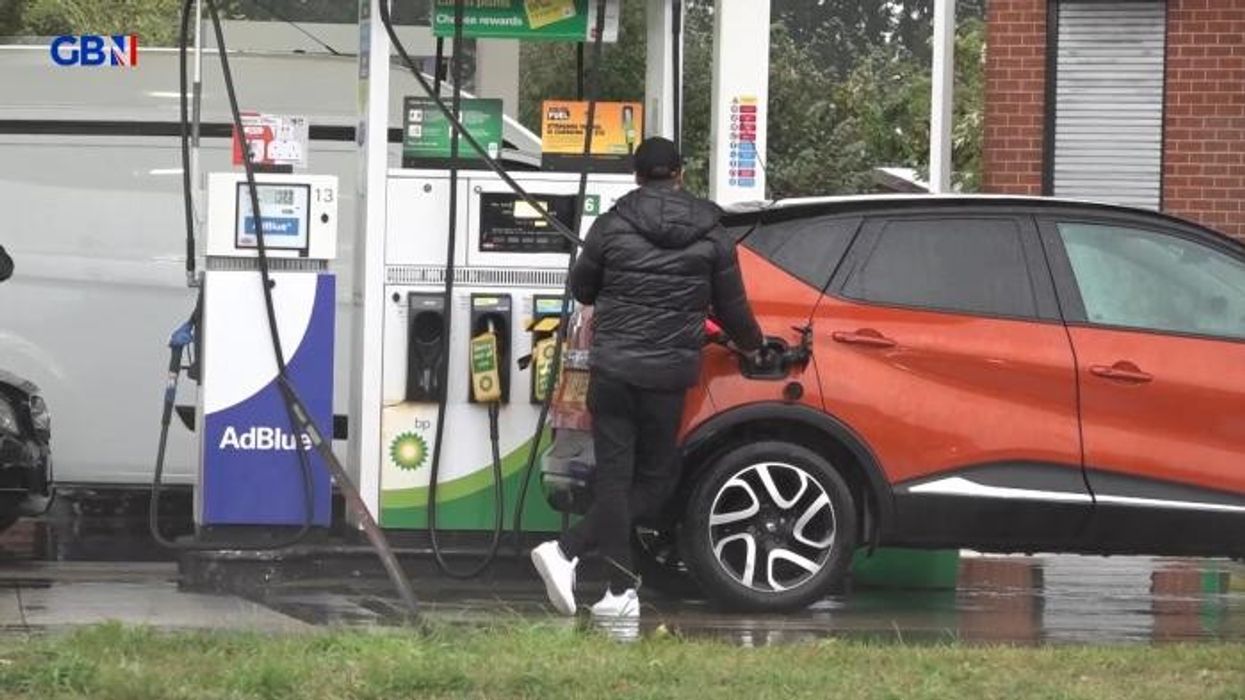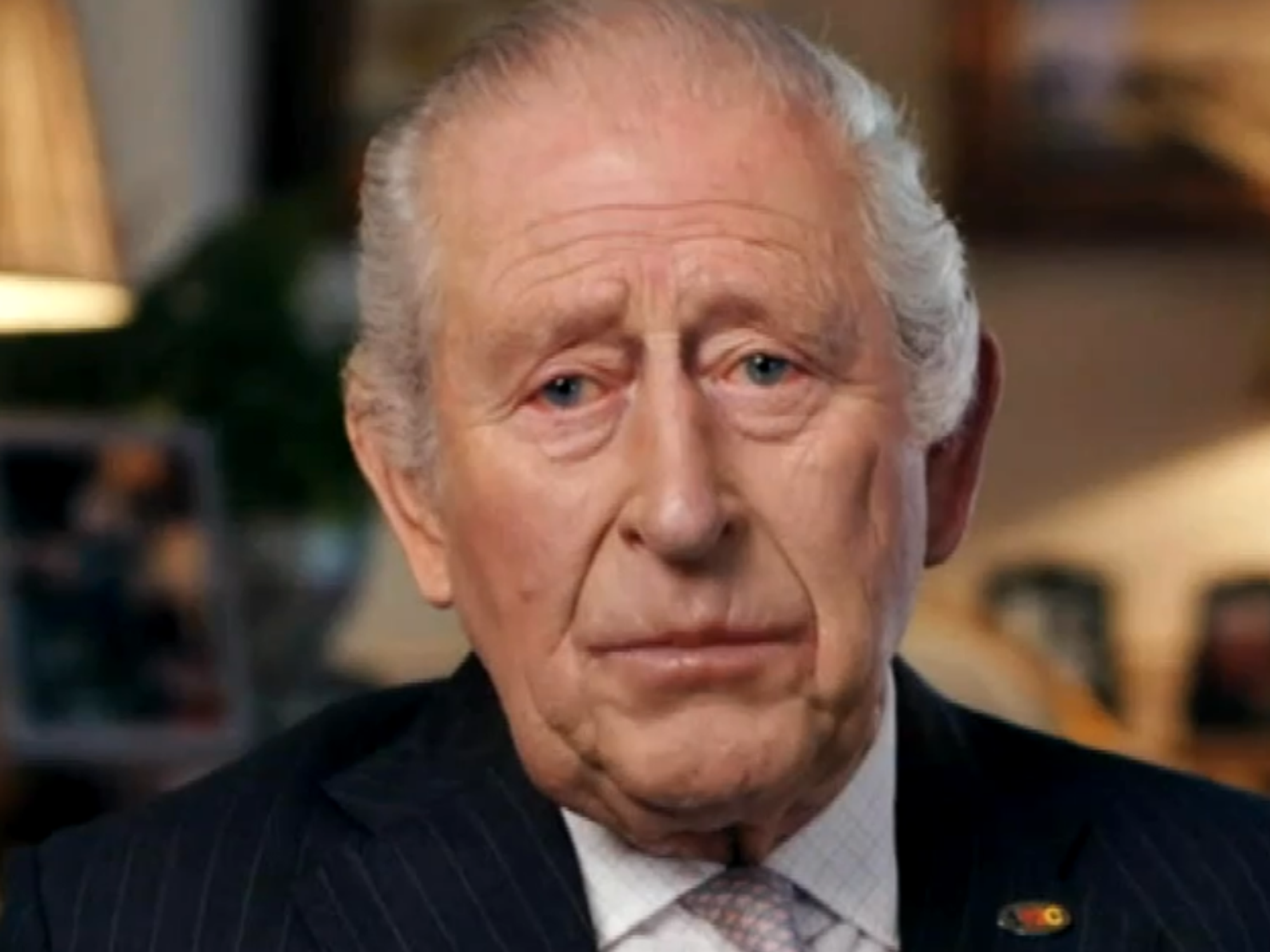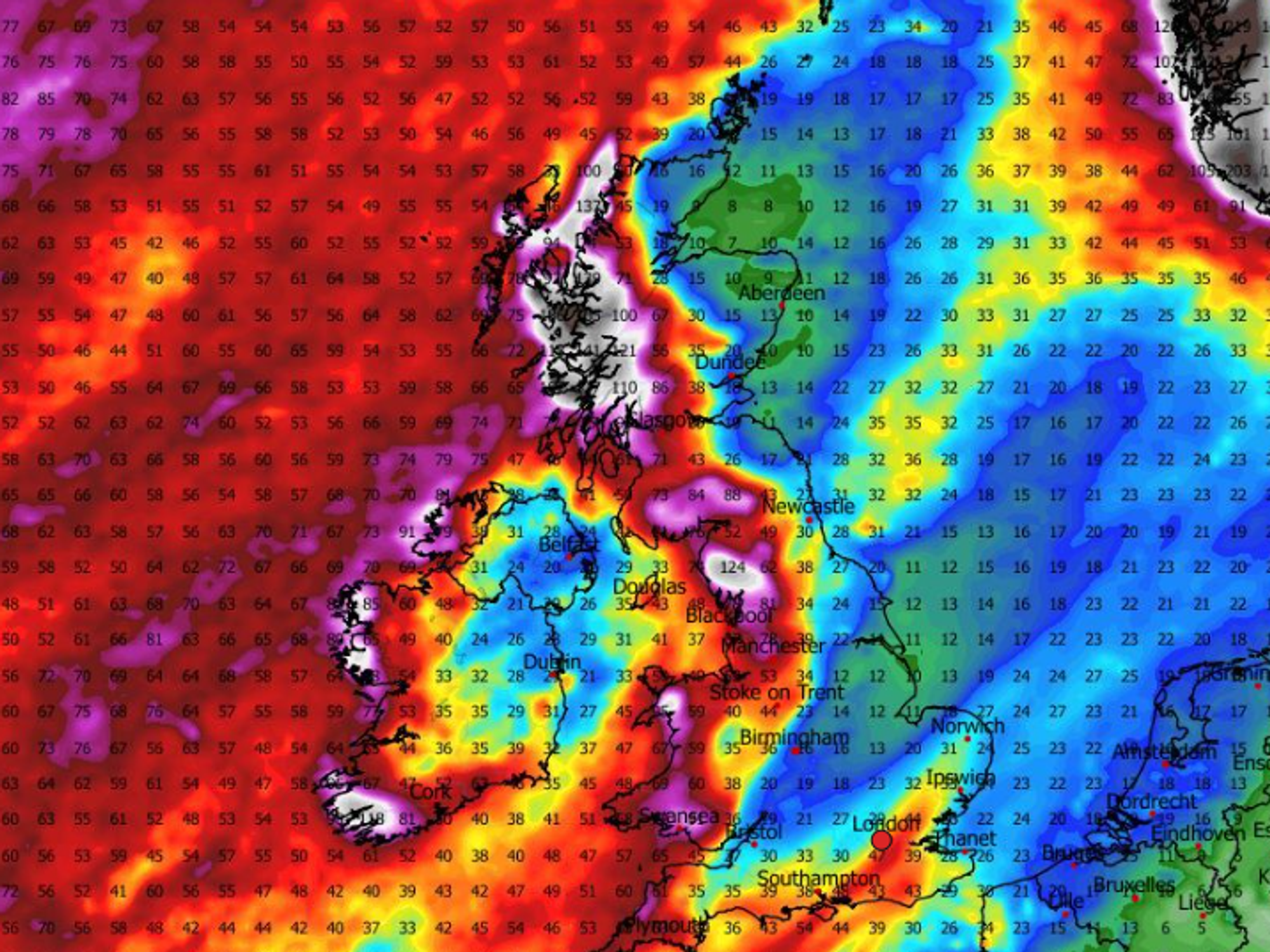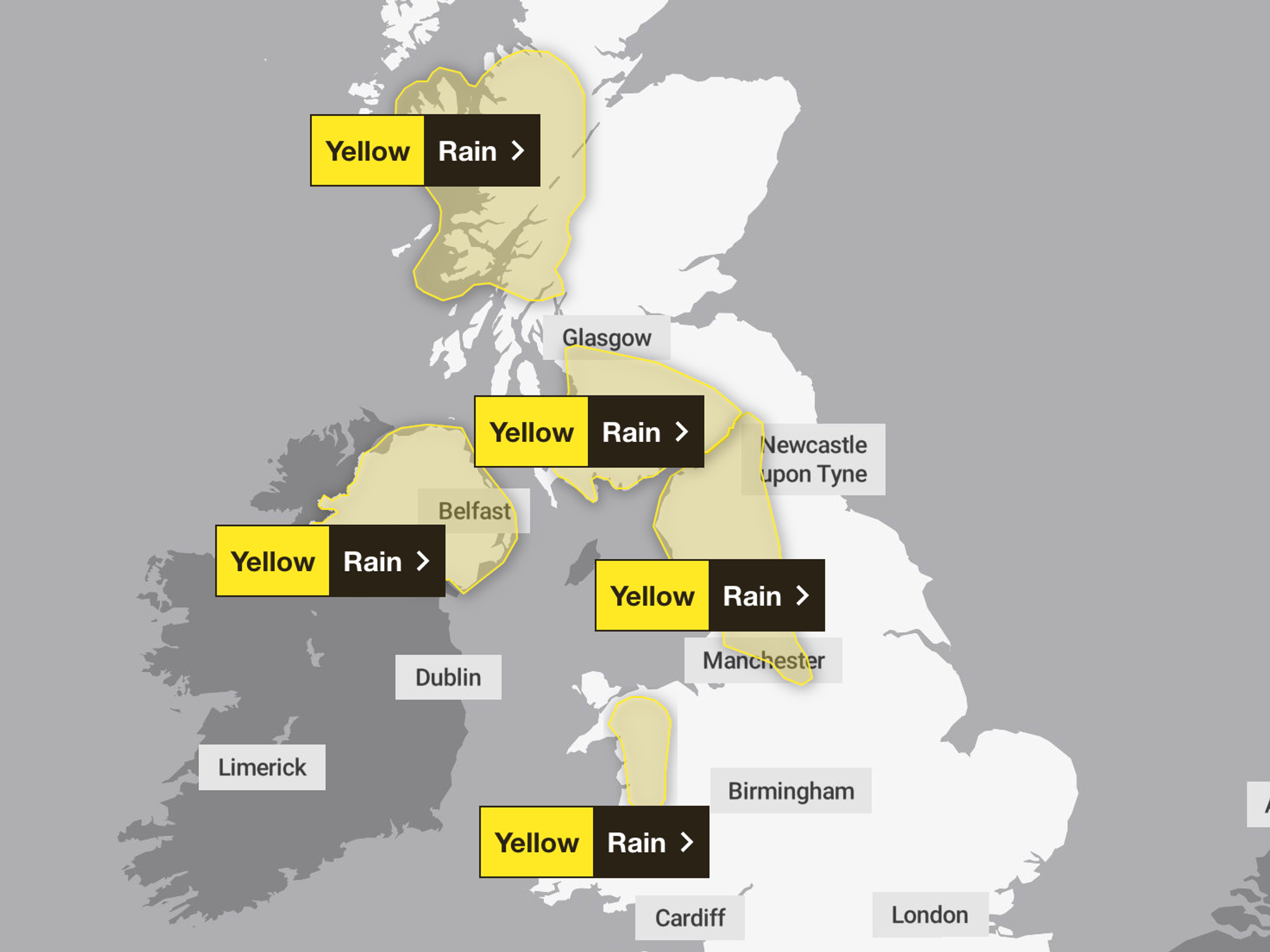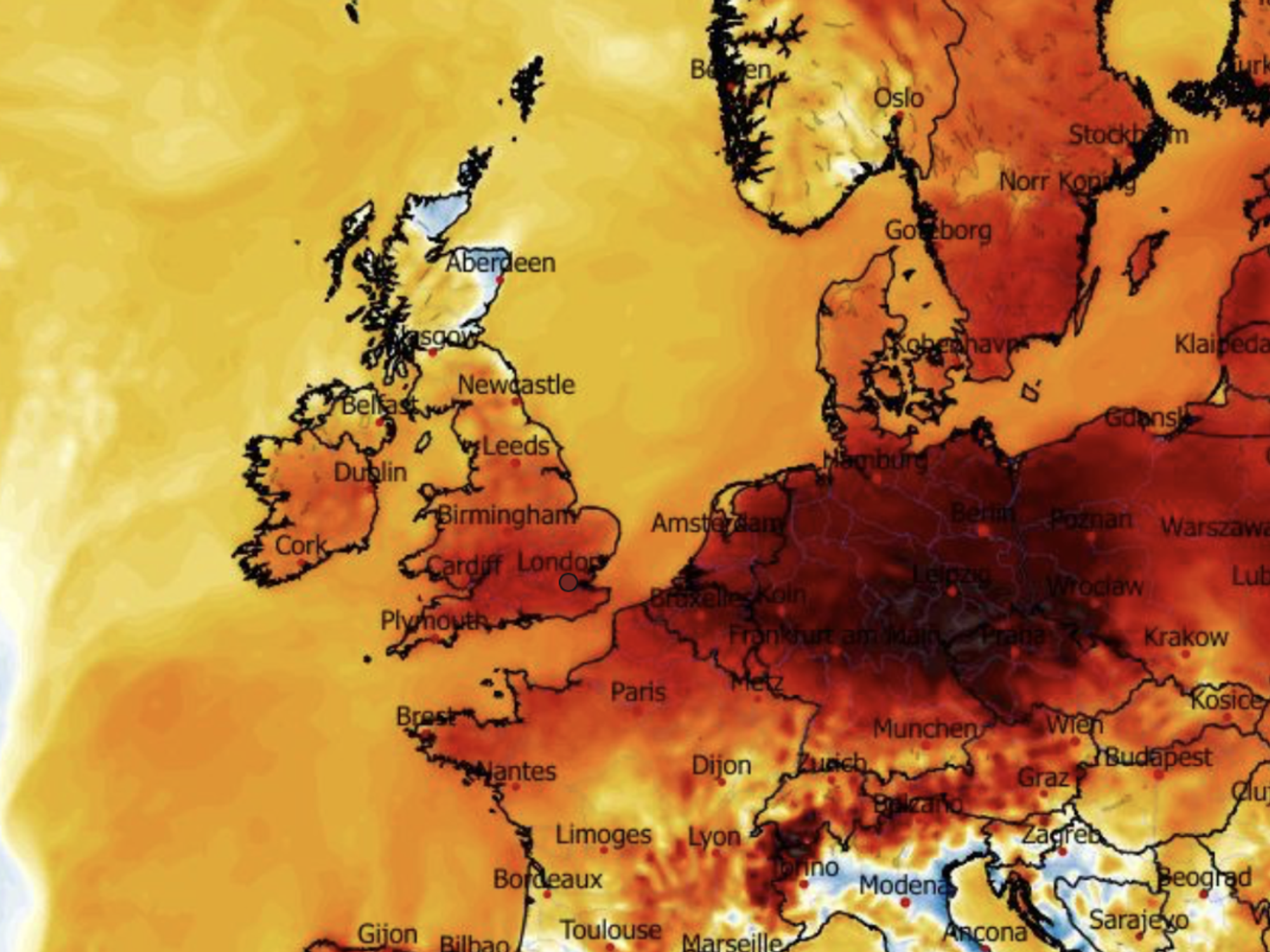Major new fuel is 'critical' diesel replacement while electric and hydrogen 'are still in their infancy'

Royal Mail aims to achieve net zero emissions by 2040
Don't Miss
Most Read
The Royal Mail has announced a new milestone for methods to cut emissions rates among its fleet of vehicles using a major new fuel.
Royal Mail has used a diesel susbstitute to help slash its emissions rates by the equivalent of 30,000 tonnes of harmful carbon dioxide.
The company has used more than 10 million litres of hydrotreated vegetable oil (HVO) to fuel its fleet of heavy goods vehicles (HGVs).
HVO was first introduced as the fuel of choice for the Royal Mail in June 2023 and has been touted as helping the company become more environmentally friendly.
Do you have a story you'd like to share? Get in touch by emailing motoring@gbnews.uk
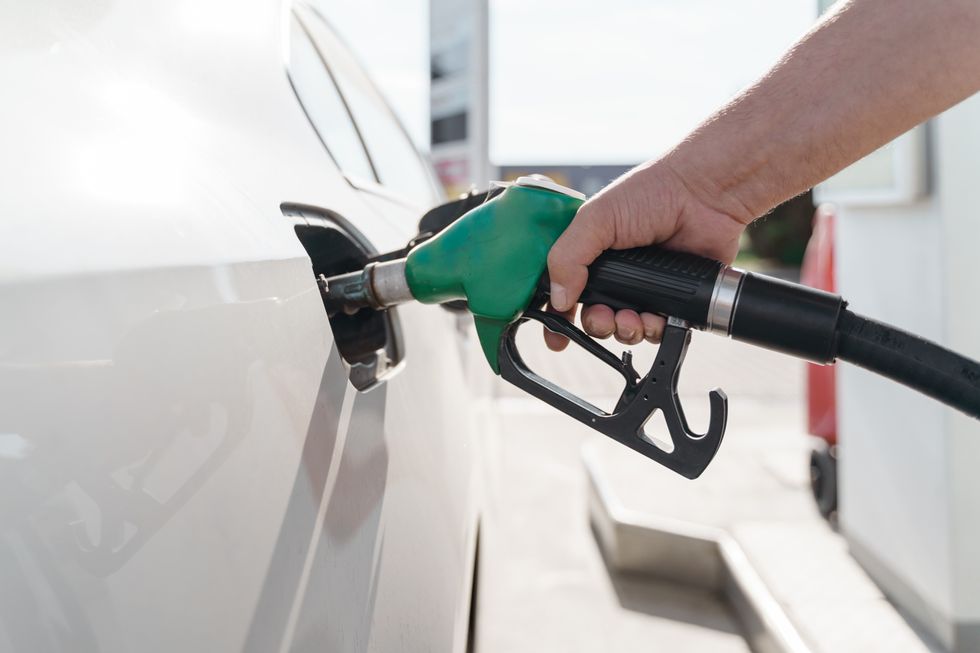
E10 petrol was first introduced in September 2021 across forecourts
| GETTYIt is a renewable alternative to diesel and reduces up to 90 per cent of direct greenhouse gas emissions compared to diesel fuel.
The company aims to deploy 27 million litres of HVO annually across its network by this time next year. This has the potential to save a further 44,000 tonnes of carbon dioxide.
Zebrina Hanly, Royal Mail’s head of environment, commented on the milestone, adding that the company would continue to look at other alternative ways of powering its fleet of vehicles.
She added: “It’s of critical importance to our customers that we do everything we can to reduce our emissions as soon as possible.
“Electric and hydrogen options for HGVs are still in their infancy, so whilst the technology and infrastructure are developing, our strategy is to keep emissions to a minimum by using HVO as a transitional fuel.”
These features are part of Royal Mail's "Steps to Zero" environmental strategy. This aims to reduce 50 per cent of emissions by 2030 and achieve net zero emissions by 2040.
The fuel is now being used at six of Royal Mail's largest sites including parcel hubs in Daventry and Warrington, as well as key sites in the East Midlands, Manchester, Sheffield and Warrington.
There has been a rise in the amount of renewable fuels used across the transport industry in recent years as motorists and companies look to slash their carbon output.
According to the Renewable Transport Fuel Obligation (RTFO) Annual Report, the introduction of E10 petrol helped organisations across the UK slash emissions in 2022.
E10 petrol became the new standard grade of fuel at filling stations in 2021, replacing the old standard grade of E5 - which later became the new grade of super unleaded.
A report from the RTFO stated: "The increased proportion of bioethanol is likely to be driven by the introduction of E10 in late 2021, a biofuel made up of at least 90 per cent regular unleaded and up to 10 per cent ethanol.
"The introduction of E10 in late 2021 has led to a more pronounced growth in bioethanol use, resulting in a proportional decrease in biodiesel."
LATEST DEVELOPMENTS:
- Police issue urgent warning for drivers amid epidemic of keyless car thefts as Britons told to 'be vigilant'
- Drivers warned of popular cars with the highest fault rates including BMW and VW - are you at risk?
- 'We're not invincible!' - Blue Badge holders could be exempt from low traffic neighbourhood fines
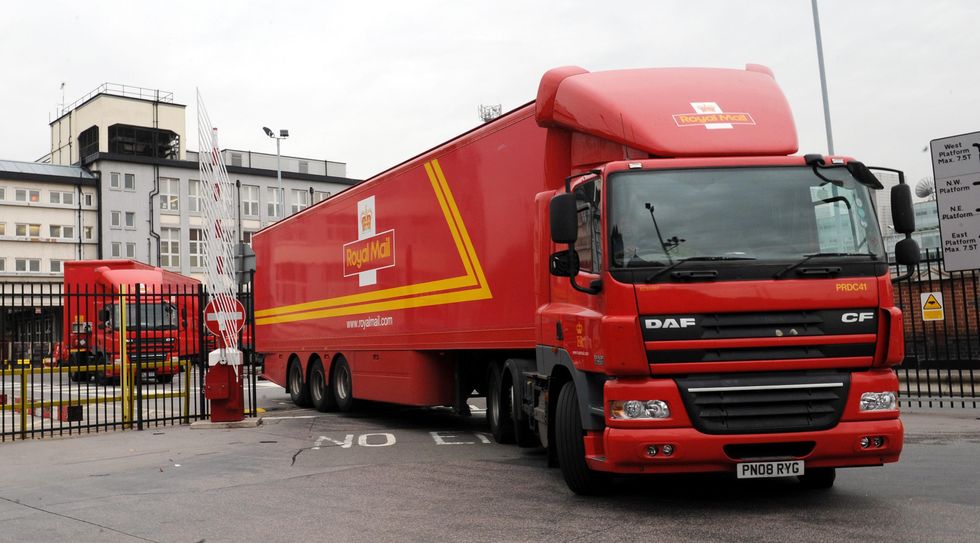
Many Royal Mail lorries now use HVO fuel
| PAE10 was rolled out to forecourts in September 2021 for England, Scotland and Wales before launching in 2022 in Northern Ireland and early 2023 for the Republic of Ireland.


